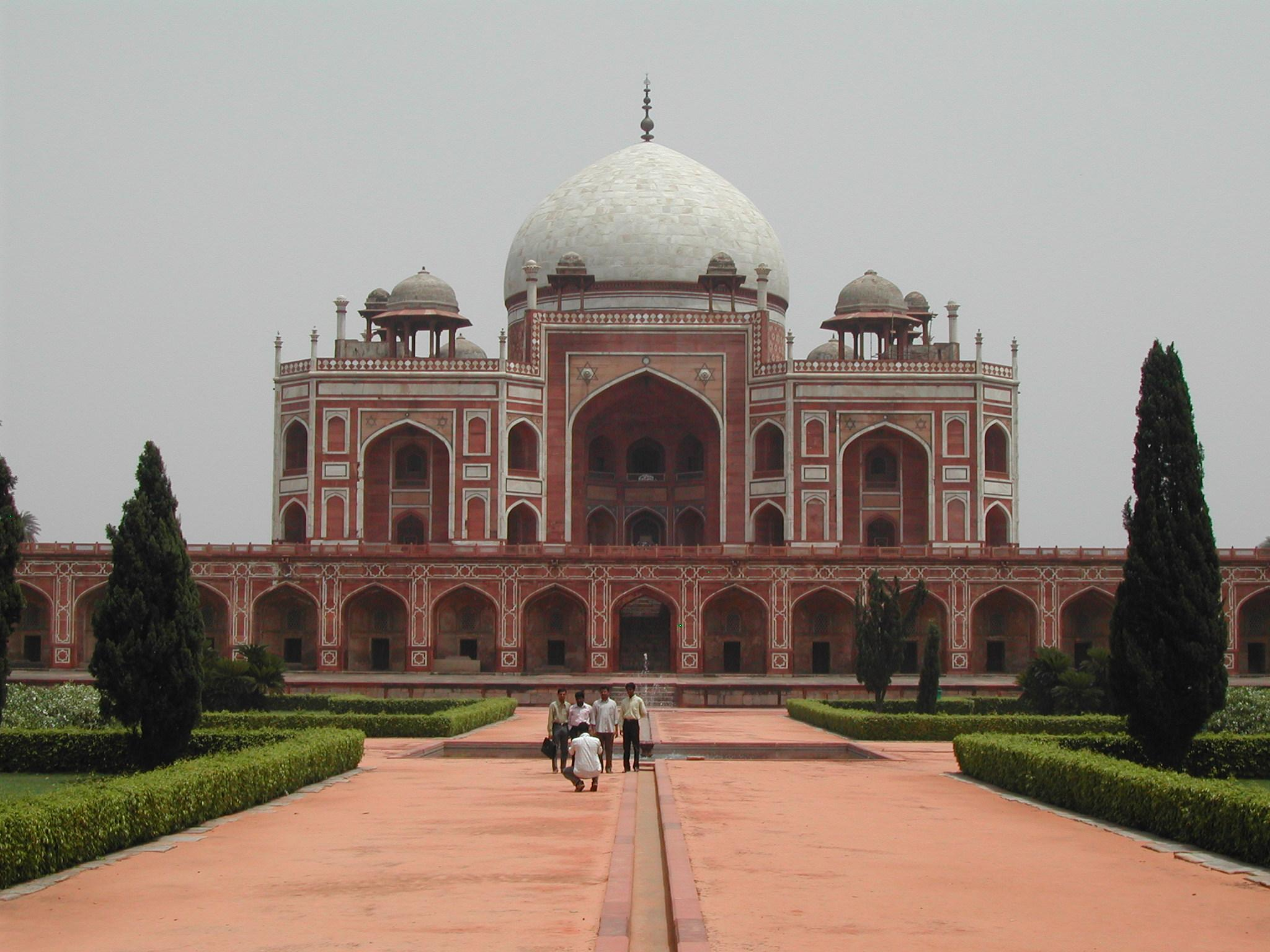Humayun's Tomb, Delhi
Delhi
Built in 1570, Humayun’s Tomb in Delhi is a landmark in Mughal architecture and holds great cultural and historical significance. Commissioned by Empress Bega Begum, the tomb is the first garden-tomb on the Indian subcontinent and marked a major departure from earlier funerary traditions. It introduced Persian architectural elements fused with Indian craftsmanship, setting the stage for later Mughal masterpieces, including the Taj Mahal. Surrounded by the Charbagh-style garden, the tomb stands as a symbol of Mughal innovation, grandeur, and symmetry. It is a pioneering example of Indo-Islamic architecture and a proud representation of India’s heritage.





